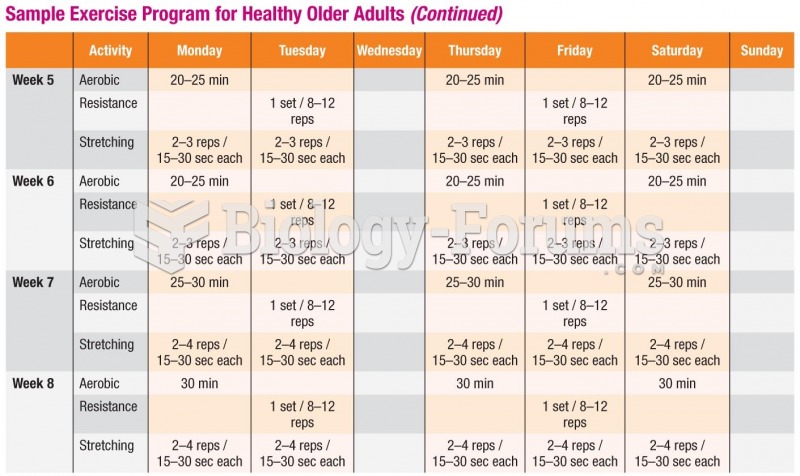Answer to Question 1
C
New behaviors with increasing frequency warrant further investigation by the nurse to ensure that effective nursing care can be planned and implemented. Crying and repeated verbalizations from a patient with dementia can indicate anxiety, but the cognitive disorder makes anxiety dif-ficult to detect. In addition to checking for missed doses, the nurse checks the medication record for medications that are likely to cause anxiety, such as beta-adrenergic agonists, which are used to reverse bronchoconstriction . The nurse should also check for risk factors for anxiety and per-form a comprehensive assessment to identify potential causes.
The nurse should avoid making a veiled threat to the patient. Giving the patient the in-centive to stop crying can be suitable; however, the incentive should never be attention; the duty of the nurse is to pay close attention to the patient. The new behavior can be deteriorating cogni-tive function, but the nurse must first assess the patient further before making that determination. One aspect of the assessment is to question the patient. Depending on the stage of dementia, the patient can be an unreliable source of information about herself.
Answer to Question 2
B
Older persons often have difficulty in obtaining adequate transportation to remote supermarkets and may choose light-weight but less nutritious food items rather than heavy fresh fruits and vegetables. Cholesterol phobia, or the excessive concern over cholesterol control, can contribute to malnutrition in older adults. Every culture has some particular foods and ways of preparing food that can bring great comfort for a person raised in that culture. Title VII of the Older Amer-icans Act provides funding for outreach centers that serve social meals open to all older adults, regardless of their ability to pay.







